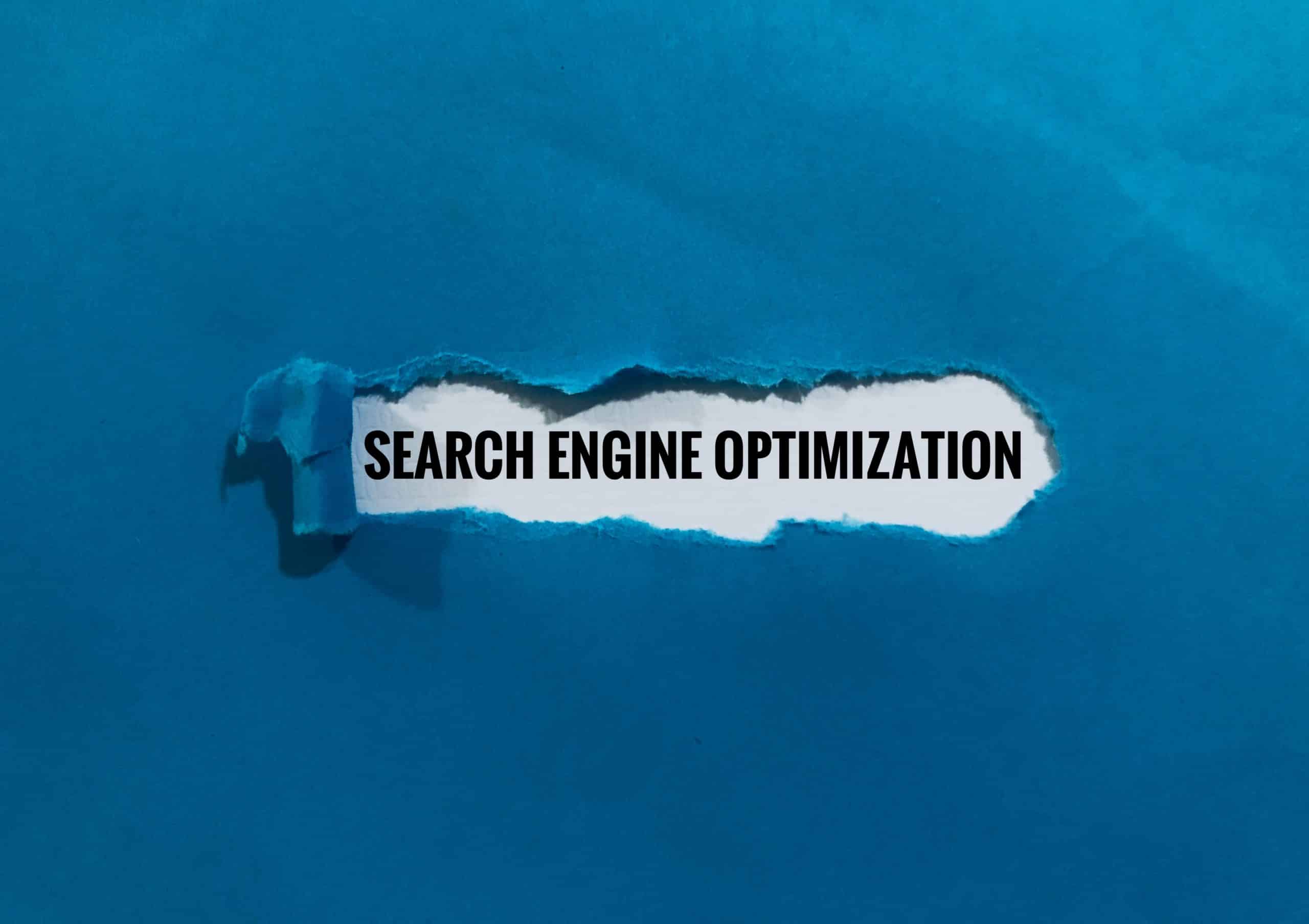In a world increasingly driven by technology, the potential of Artificial Intelligence (AI) in reshaping various sectors is a subject of intense discussion. A sector that stands to benefit immensely from AI is the energy sector. Particularly, optimizing electric grids for better integration of renewable energy sources is a significant challenge. AI can play a critical role in transforming this sector by enhancing operations, improving efficiency, and facilitating the integration of renewable energy sources into the power grids.
The Rise of Renewable Energy Sources and the Challenges of Integration
Renewable energy sources are gaining significant traction globally. The demand for clean and sustainable power is high, with governments, industries, and individuals keen on reducing dependency on non-renewable sources of energy. However, incorporating these renewable sources into our existing power grids is a complex process that brings several challenges.
Also to see : How Can AI-Based Predictive Maintenance Prevent Industrial Equipment Failures?
The key challenge is the intermittent nature of renewable energy. Unlike traditional power sources, renewable energy generation is dependent on weather conditions. Solar power is only generated during daylight hours and wind power depends on wind speed. This variability makes it difficult to balance supply and demand in real-time, which is crucial for the efficient functioning of power grids.
Another challenge is the management of the data generated by renewable sources. The smart grids of today generate vast amounts of data – from generation, transmission, and consumption data to weather forecasts. Handling this data effectively and using it to make informed decisions is a task that requires sophisticated technology.
In parallel : How Are Quantum Dot LEDs (QLEDs) Changing the Visual Experience of Displays?
The Role of AI in Optimizing Electric Grids
AI, with its advanced data processing and predictive capabilities, can significantly enhance the management of electric grids. It can help in overcoming the challenges associated with renewable energy integration and improve the overall efficiency of the power sector.
AI can be used to forecast energy generation from renewable sources accurately. By analyzing historical weather data and current weather forecasts, AI can predict the amount of energy that will be generated at a given time. This will allow grid operators to better plan for fluctuations in energy supply and ensure a stable power supply.
Moreover, AI can analyze the vast amounts of data generated by smart grids and provide valuable insights. It can identify patterns and trends in energy consumption and generation, thereby allowing grid operators to manage demand and supply more efficiently.
The Potential of AI in Renewable Energy Integration
The integration of AI in the energy sector is not just about managing the present but also about preparing for the future. With the increasing shift towards renewable energy, the role of AI in managing power grids will only become more crucial.
AI can help in building smarter grids that are capable of handling the complexities associated with renewable energy integration. It can enable real-time adjustment of energy generation and distribution based on demand and supply scenarios. This will not only improve the efficiency of power grids but will also reduce the reliance on traditional power sources that are harmful to the environment.
Furthermore, AI can facilitate the creation of decentralized energy systems. These systems allow for the local generation and consumption of power, reducing transmission losses and improving energy efficiency. AI can manage these systems effectively, ensuring optimal energy distribution and consumption.
Overcoming Challenges in AI Implementation
While AI holds immense potential in optimizing electric grids and facilitating renewable energy integration, there are several challenges that need to be addressed.
The first is the issue of data privacy and security. As AI systems require access to vast amounts of data, ensuring the privacy and security of this data is paramount. Regulations need to be in place to govern the use of data and safeguards need to be implemented to protect against data breaches.
Secondly, there is the challenge of technology integration. Many existing power grids are not equipped to handle the sophisticated technology that AI brings. Upgrading these grids and ensuring seamless integration of AI systems is a task that requires significant investment and technical expertise.
Finally, there is a need for skilled professionals who can manage these AI systems. While AI can automate many processes, human oversight is still necessary to ensure the smooth functioning of the system. Training and developing talent in this field is therefore crucial.
In the face of these challenges, it is clear that the journey towards AI-powered renewable energy integration is not without hurdles. However, with concerted efforts and the right strategies, these obstacles can be overcome. AI’s potential in transforming the energy sector is immense and exploring it fully will be key to our sustainable energy future.
Machine Learning and Prediction Models for Efficient Grid Management
One of the major ways artificial intelligence works in optimizing electric grids for better integration of renewable energy sources is through machine learning and prediction models. Machine learning, a subset of AI, uses algorithms to gather insights from data. In the context of grid optimization, machine learning can be used to analyze vast amounts of data from various sources, including weather patterns, energy production levels from renewable resources, and energy consumption patterns.
Predictive models, on the other hand, leverage this data to anticipate the amount of power that will be generated by renewable sources at any given time. By accurately predicting energy generation, grid operators can efficiently manage power distribution. This is a crucial aspect in achieving a balance between power generation and consumption in real time.
Moreover, machine learning can help optimize energy storage. Since renewable energy sources are intermittent, there is a need to store excess power during peak production times for use during periods of low production. By analyzing energy production and consumption trends, AI can predict when the demand for power will exceed the supply, triggering the release of stored energy to the grid.
Furthermore, machine learning can facilitate the implementation of demand response strategies. These strategies involve adjusting power consumption in response to supply conditions. By predicting power supply scenarios, AI can help in the effective management of these strategies, leading to increased energy efficiency.
Conclusion: Embracing AI for a Sustainable Energy Future
The potential of artificial intelligence in the optimization of electric grids and the integration of renewable energy sources is undeniable. By improving grid management, facilitating the efficient use of energy, and enabling real-time adjustments to power generation and distribution, AI is set to revolutionize the energy sector.
However, to fully harness the potential of AI, there is a need to address the challenges that come with its implementation, including data privacy and security, technology integration, and the development of human expertise. As we delve deeper into the era of AI, it is important for stakeholders in the energy sector to invest in robust systems that guarantee data protection, upgrade existing infrastructures to accommodate AI technology, and foster a workforce that is skilled in AI management.
Incorporating AI in grid optimization and renewable energy integration is not just about improving the current state of the energy sector. It is about preparing for a future where the reliance on non-renewable energy sources is minimal, where energy efficiency is maximized, and where the energy grid is smart and self-sustaining.
Embracing AI signifies a step forward towards a sustainable energy future. As we continue to make strides in technology and renewable energy, the role of artificial intelligence in transforming the energy sector can only grow more significant. With renewable energy integration and grid optimization standing as major priorities, now, more than ever, is the time to leverage the power of AI.











